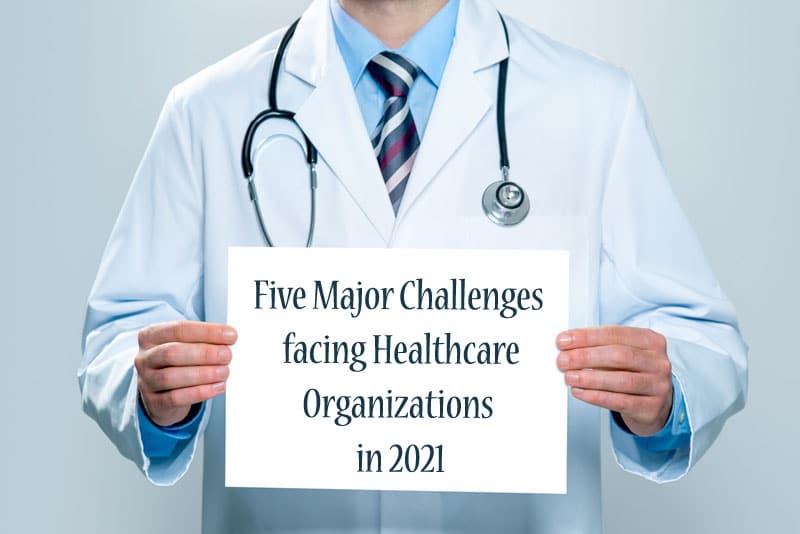 According to official statistics, more than 20% of US residents are expected to be 65 years or older by 2030, which is a 102% increase from the year 2000. Along with the growth in the number of elderly, the incidence of chronic diseases among them is also rising. According to a recent CNN report, more and older adults are coming to the emergency departments (EDs), leading many hospitals to set up separate geriatric emergency rooms (ERs) to treat them. Evaluation of patient experiences has revealed that emergency rooms can reduce stress and medical risks for older patients.
According to official statistics, more than 20% of US residents are expected to be 65 years or older by 2030, which is a 102% increase from the year 2000. Along with the growth in the number of elderly, the incidence of chronic diseases among them is also rising. According to a recent CNN report, more and older adults are coming to the emergency departments (EDs), leading many hospitals to set up separate geriatric emergency rooms (ERs) to treat them. Evaluation of patient experiences has revealed that emergency rooms can reduce stress and medical risks for older patients.
The factors are driving the growth of new geriatric ERs, according to the recent reports are:
- Increase in older patients with complex conditions coming to regular ERs has prompted providers to look for more effective and efficient ways to treat them.
- The Affordable Care Act penalizes facilities that see a larger of patients returning and one way hospitals are trying to reduce readmissions is through improved emergency care and triage.
- The Centers for Medicare and Medicaid Services recently ruled that half of all traditional Medicare payments will be based on quality of care rather than quantity of services. ERs are seen as an efficient and less expensive care option for Medicare patients.
- Hospitals also may look upon specialized EDs as a way to market health services to the growing elderly population. Some leading providers have customized their geriatric ER to suit the needs of seniors with facilities such as thicker mattresses, noise proofing, and handrails in the hallways.
Newly set up geriatric ERS have physicians, nurses and others trained specifically to diagnose and care for the elderly, allowing the elderly to benefit from more expertise. Seniors need special attention as they have special health problems and may not be able to communicate with caregivers like normal patients.
These specialized geriatric ER care facilities are a great improvement over traditional ERS where elderly patients are often put through a large number of tests and procedures, some of which may be unnecessary, according to experts. Compared to younger patients, seniors have longer stays, less accurate diagnoses, and more frequent admissions to the hospital by ER doctors, who have to deal with a large number of very sick patients.
While medical advances have extended life expectancy, improving continuity of care for seniors is critical to reduce costs and complications. Whether in specialized geriatric ERs or traditional ERs, proper clinical documentation is paramount to support efficient and continual care. The golden rules when it comes to quality ER clinical documentation are: time, content, and completeness. Today’s electronic health record (EHR) systems integrated with medical transcription services are designed to enable information flow to support the continuity, quality, and safety of care. They also serve legal requirements, accreditation, accountability, and medical coding and billing purposes. Professional medical transcription companies ensure timely, accurate and customized documentation of patient progress reports, history and physical reports, chart notes, and more, for all specialties. Such support can be crucial for the geriatric emergency room where interdisciplinary decision-making is based on the shared knowledge of clinicians.


